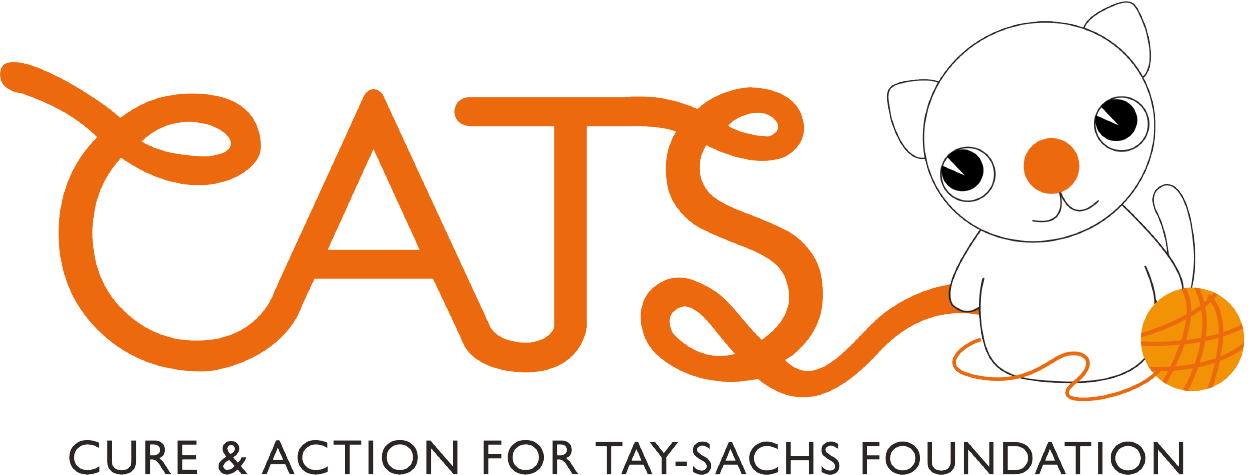What is dysphagia
Dysphagia
Dysphagia refers to the symptom of having difficulty in swallowing and is very common in Tay-Sachs suffers. Parents are usually told that their child will/has problems with their swallowing although they are rarely told why this symptom occurs. We hope the points below provide an easy to follow explanation.
Overview
An explanation of dysphagia is below:
“People with dysphagia have difficulty swallowing and may even experience pain while swallowing (odynophagia). Some people may be completely unable to swallow or may have trouble safely swallowing liquids, foods, or saliva. When that happens, eating becomes a challenge. Often, dysphagia makes it difficult to take in enough calories and fluids to nourish the body and can lead to additional serious medical problems.”
The act of swallowing is a very complex process which involves around 50 different pairs of muscles from the initial act of preparing to put food in the mouth to moving the food to the stomach. Dysphagia occurs when there is a problem with the control or the structures involved in any part of this swallowing process.
- Weak tongue or cheek muscles may make it hard to move food around in the mouth for chewing.
- Food pieces that are too large for swallowing may enter the throat and block the passage of air
- Not being able to start the swallowing reflex (a stimulus that allows food and liquids to move safely through the pharynx) because of problems in the central nervous system
- Weak throat muscles cannot move all of the food toward the stomach
Dysphagia has many possible causes and happens most frequently in older adults. Any condition that weakens or damages the muscles and nerves used for swallowing may cause dysphagia. For example, people with diseases of the nervous system, such as cerebral palsy or Parkinson’s disease, often have problems swallowing. Additionally, stroke or head injury may weaken or affect the coordination of the swallowing muscles or limit sensation in the mouth and throat.
Tay-Sachs and dysphagia
As a common symotom in Tay-Sachs it is important that people fully understand the implications of dysphagia as it is a serious condition in its own right.
Individuals with Tay-Sachs are unfortunately not able to swallow safely due to dysphagia as the disease progresses. This leads to them potentially not being able to eat enough of the right foods to stay healthy or maintain an ideal weight.
Food pieces that are too large for swallowing may enter the throat and block the passage of air. In addition, when foods or liquids enter the airway of a person who has dysphagia, coughing or throat clearing sometimes cannot remove it. Food or liquid that stays in the airway may enter the lungs and allow harmful bacteria to grow, resulting in a lung infection called aspiration pneumonia.
Helping someone with dysphagia
To help someone with dysphaia it is very important to be aware of any warning signs of the condition – below is a list of these:
- Coughing
- Choking
- Gurgle-y voice quality
- Wet-sounding breathing
- Spillage of food or liquid from the mouth
- Frequent throat clearing
- Progressively slower rate of food intake
- Regurgitation of food through the mouth or nose after it has been swallowed
- Food or liquid left in the mouth after a swallow
- Difficulty manipulating food or liquid in the mouth
If dysphagia is noticed then a speech and language therapist will be able help with suggesting different cups to drink from and also different foods which may be easier to eat.
However, if feeding continues to become a major issue then it may result in a feeding tube being inserted that bypasses or supplements the part of the swallowing mechanism that is not working normally.




Hey Daniel,
Thanks for this informative post on Dysphagia. It’s really useful article on Tay-Sachs and dysphagia, also I am sorry to hear about Amelie to have such kind of disease. I hope she is alright now.